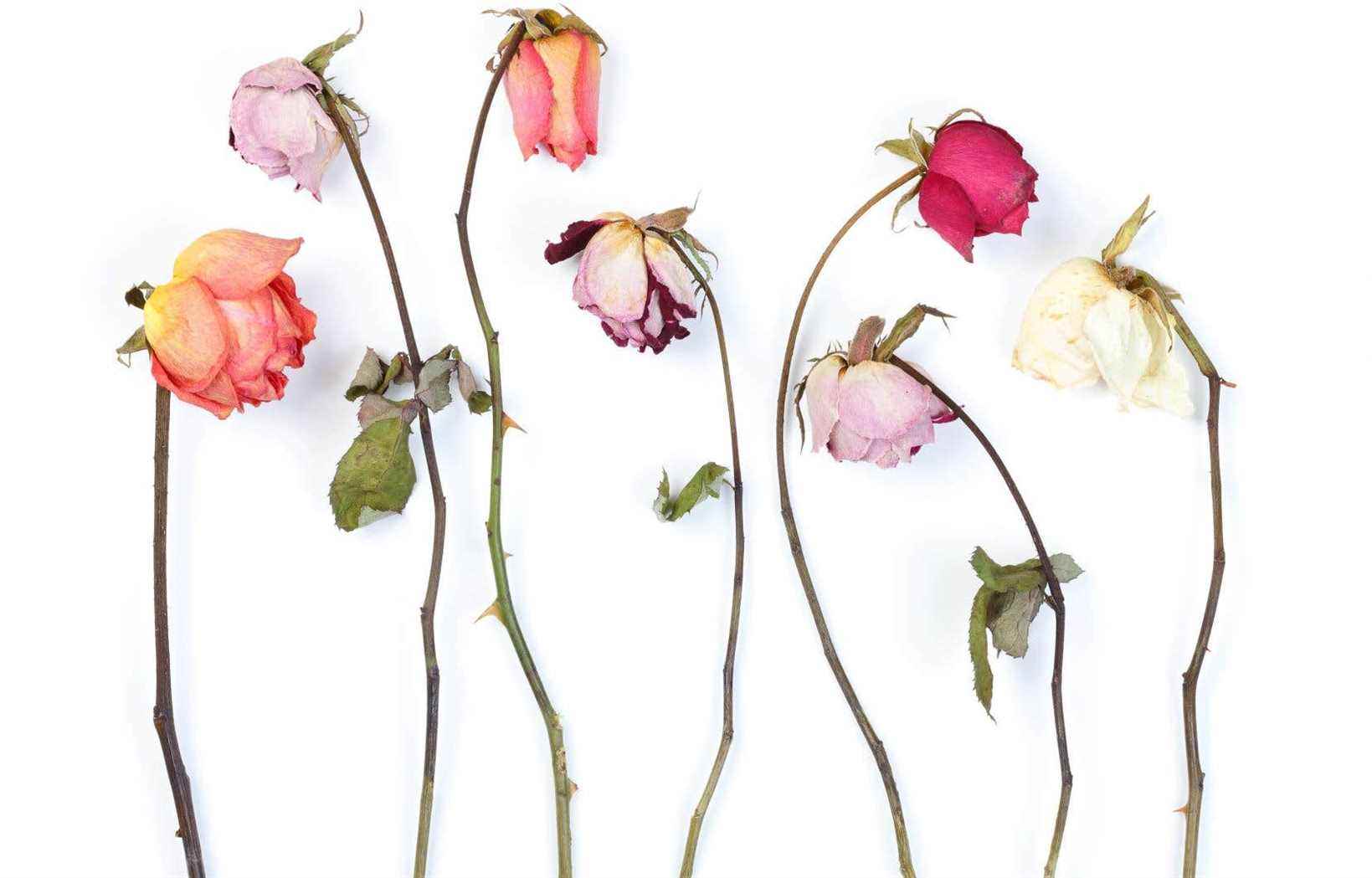The image could be trivial. It is, however, very rare. At over sixty years of age, model Caroline Ida Ours walks the catwalks in lingerie, showing off the body of a woman… of her age. At what age do we get old, or rather old? As late as possible, the polls cited by Marie Charrel in her essay seem to say Who is afraid of old women?, published by Les Pérégrines editions. For her, old age, and that of women in particular, will be the next taboo to be broken.
“Women who have left their fertile period are still discredited today, invisible, as if their social value decreased at the same time as their quantity of estrogen”, writes Marie Charrel, who is also an economic journalist at World and novelist.
In fact, old age, and the mark it leaves on our bodies, looms like a threat, and preoccupies women, even at a very young age. In France, in 2017, anti-wrinkle care weighed 162 million euros (CA $ 233 million), and facials in the broad sense 274 million euros (CA $ 305 million).
“Anti-aging in the broad sense is a juicy market, so huge that it is difficult to measure its scope. Some studies estimate its turnover at $ 100 billion annually worldwide, ”writes Marie Charrel.
The journalist, who is 39, is in a good position to talk about it. She admits that she came up with the idea for the book when she was about to receive Botox injections to erase frown lines from her face, at age 37. And it is the image of her adored and admired grandmother, Léa, who shook her from the dermatologist’s chair with a start. Why was she suddenly so afraid of looking like Lea?
It is around the age of six or seven, writes Marie Charrel, that the “double standard” mentioned by the writer Susan Sontag is established. “In girls, a particular kind of duplication occurs: they become ‘watched’ while men become ‘viewers'”, writes Marie Charrel.
An inner eye
“Women integrate this look. They are looked at by an interior eye, this little judge who accompanies them, who tells them “you are not enough this or that”. It’s largely internalized, ”said Marie Charrel in an interview. However, it is women of fertile age that the man’s gaze seeks first and foremost, in a society whose history is anchored in patriarchy.
Needless to say, in this context, menopause appears to many women as a death sentence. However, in some cultures, Marie Charrel argues, menopause is seen as a positive phase in a woman’s life. Among the Mohaves, it would be a step towards sexual fulfillment. Among the Baruyas of Guinea, it is said to be synonymous with increased powers.
Freeing yourself from the burden of staring, however, has its advantages. Some women find a new freedom there. “There are ambivalent testimonies,” says Marie Charrel. Some women enjoy a new form of cronyism with men, freed from games of seduction. “Our standards are shifting,” she says. In her book, she also quotes an article from the review The Economist, published in 2019, which argues that “it is American women over 70 who seem to constitute the happiest group in the world, with a satisfaction index of 0.5 more than their male compatriots”. Yet the income gap between men and women tends to widen with retirement.
Lost sorority
Marie Charrel does not spare French feminists who, she says, have not made ageism a specific fight. “Apart from Simone de Beauvoir, French feminists have very little seized on the subject,” she writes in a chapter entitled ” The lost sorority ”.
“Ageism can also affect feminists. No one is totally immune. Simone de Beauvoir’s book on old age has never had such a heavy weight as The second sex ”, she adds in an interview. “It has never emerged as one of the major themes of feminist struggles.” Laure Adler, in her book, said that we have gone “from a society of transmission to a society of consumption”. “The experience of older women is still largely disqualified, ridiculed, much more than that of men,” adds Marie Charrel.
She also notes that in cinema, even female directors tend to stage a majority of young actresses to the detriment of older ones.
Social media breakthroughs
“There is still work to do, but things are moving slowly,” she admits, however. “The performances take a long time to move,” she says. There are archaisms in the representations, and in the words. The word old has a negative connotation, of decrepitude, there is no male equivalent. And that’s a long time to change. “
Marie Charrel nevertheless cites inspiring examples in her book. There are of course the Christine Lagarde, president of the European Central Bank, or Nancy Pelosi, president of the House of Representatives in the United States. But on social networks, the image of the desirable young woman continues to be conveyed on a large scale.
However, here too, the “old women” are making some breakthroughs. “There are influencers silver, but you have to see what influence they really have, ”she said.
With her fiftyyearsofawoman Instagram account, Caroline Ida Ours has given herself the mission of “breaking the invisibility of senior women on social networks”. She does it for the women of her generation, but also for the next. “So that they are not afraid of aging and do not suffer the same suffering. “
